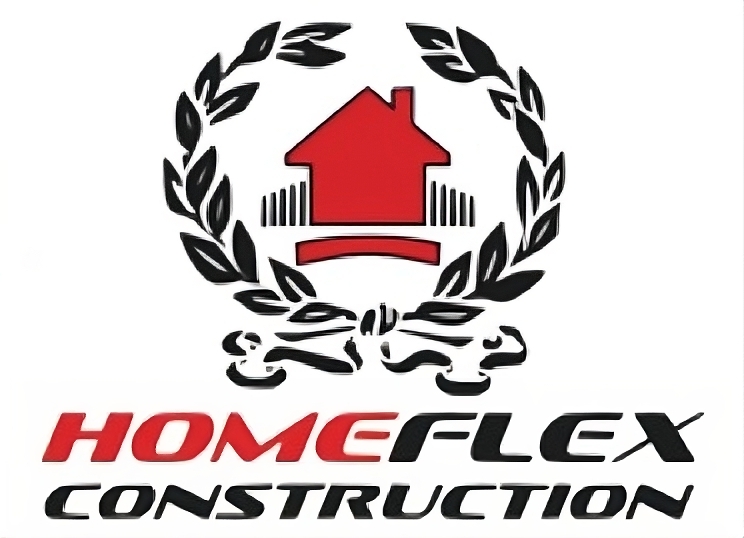From heavy snow and freezing rain to scorching summer heat and urban pollution, New York weather can be brutal on your home’s exterior. If you’re a homeowner in NYC, building a weather-resistant exterior is not just a matter of curb appeal; it’s essential for long-term durability, safety, and energy efficiency.
Whether you’re planning a renovation or building from scratch, choosing the right materials and protective strategies can save you thousands in repairs down the line. Here’s a beginner-friendly breakdown of what makes a home exterior weather-resistant and how you can start protecting your NYC property today.
Key Features of a Weather-Resistant Home Exterior
Creating a weatherproof home exterior requires smart material choices, proper installation, and regular upkeep. Here’s what every NYC homeowner should know.
1. Choose Durable Siding Materials
The siding you choose acts as the first line of defense against wind, rain, snow, and sun. In New York, it’s important to use materials that can withstand rapid temperature changes and heavy moisture.
Fiber cement, engineered wood, and high-quality vinyl are all excellent choices. They’re resistant to warping, cracking, and mold growth, and they hold up well in both summer humidity and winter storms. Masonry siding, especially brick or stone veneers, offers superior resistance and timeless appeal for brownstones or townhouses.
2. Prioritize Waterproofing Techniques
Water is one of the most damaging forces to your home’s exterior. Over time, moisture can seep into siding, walls, and foundations, causing rot, mildew, and interior damage.
Make sure your contractor installs proper house wrap, flashing around windows and doors, and sealants in all gaps or transitions. Regular re-caulking and professional inspections also help maintain a watertight exterior. For homes with stucco or brick, applying a breathable water-repellent treatment can add another layer of protection.
3. Install High-Performance Windows and Doors
Poorly sealed windows and doors are common entry points for drafts, rain, and even pests. Upgrading to energy-efficient, impact-rated windows and doors can dramatically improve your home’s weather resistance and reduce energy costs.
Look for double or triple-pane windows with argon gas insulation and UV coatings. For doors, fiberglass or steel models with weather stripping and storm-resistant cores are ideal for NYC’s extreme seasons.
4. Reinforce the Roof and Gutter System
Your roof takes the brunt of the weather, especially during snowstorms, hurricanes, and torrential downpours. Regular inspections, leak repairs, and upgrades to wind- and impact-resistant shingles or metal roofing are essential.
Don’t overlook the gutters. A clogged or poorly pitched gutter system can cause water to spill over and damage siding, foundations, and landscaping. Install leaf guards and ensure your downspouts direct water away from your home’s base.
5. Invest in Quality Exterior Paint and Finishes
Not all paints are created equal. NYC’s air quality and weather can cause cheap paint to fade, peel, or bubble quickly. Using high-quality, weather-resistant exterior paints can shield your home against UV rays, moisture, and pollution.
Choose low-VOC paints designed for harsh climates, and always prime surfaces before painting. A fresh coat every few years doesn’t just boost aesthetics, it preserves the material underneath.
6. Don’t Ignore the Foundation
Your home’s foundation must be sealed, graded properly, and monitored for cracks. Freeze-thaw cycles can cause expansion and contraction in the soil, leading to foundational movement and leaks.
Consider exterior waterproofing, such as membranes or drainage panels, especially if your property is prone to water pooling or in a flood-risk area like parts of Brooklyn or Queens.
7. Incorporate Overhangs and Awnings
Functional design features like roof overhangs, awnings, or pergolas can protect windows, doors, and siding from direct sun and rain. These additions also reduce the heat load on your home during the summer, improving comfort and energy performance.
They’re especially useful for row houses or multi-family buildings where vertical exposure to weather is high.
8. Use Weather-Resistant Masonry and Sealants
For homes with brick, stone, or concrete exteriors, routine inspection and repointing of mortar joints are key to preventing water intrusion. Sealants applied to masonry can help resist water without trapping moisture inside.
Concrete steps and patios should also be sealed to prevent cracking from freezing temperatures. In high-exposure zones, consider using de-icing agents that won’t erode your surfaces.
Conclusion
Building a weather-resistant home exterior in New York is not just about aesthetics; it’s about long-term protection, efficiency, and peace of mind. With the city’s unpredictable weather, high humidity, and dense urban environment, your exterior materials and maintenance approach matter more than ever.
From siding and roofing to doors, windows, and foundational treatments, each choice you make plays a role in safeguarding your investment. If you’re just starting your journey as a homeowner or property manager in NYC, taking these steps now can save you countless hours and dollars in future repairs.
